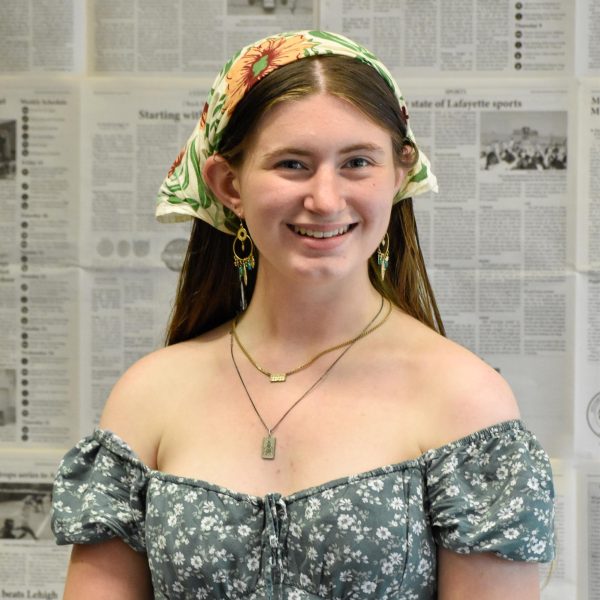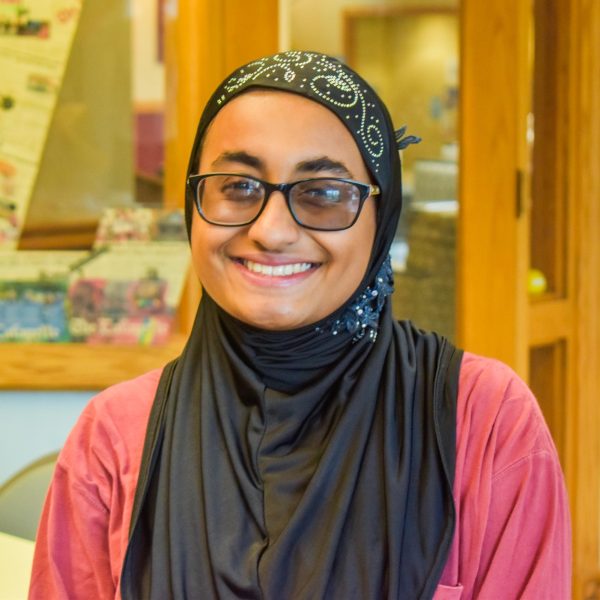Early decision applications for the college closed on Nov. 15, with the college receiving a total of 561. This marks a 15.7 percent increase from last year and is a 20.9 percent increase when compared to the five-year average.
“At elite higher-ed institutions, [higher rates of early decision applications] is a trend,” vice president for enrollment management Forrest Stuart said. “Other schools are seeing it, too.”
Stuart said that this increase will have no impact on how many students are admitted to the college, as Lafayette is not in a growth phase.
“It just means that we may try to increase the number of students who would get in [through] early decision,” Stuart said.
“Generally, we’ll have about half the class … in between the two early decision programs,” Stuart said. “If we have … truly more interest, which has been shown in the application pool, perhaps we make it fifty-five percent of the first-year class.”
The class of 2028 pool also has had high geographic diversity for the early decision applicants, even in comparison to previous class years.
“We’re up in areas where we’re developing new markets, like in the Southeast, in Texas [and in the] West Coast,” Stuart said. “Those are areas that have been lagging in the past. It’s actually a good mix of geographic areas, which shows that the efforts we’re making to branch into those areas are working.”
Stuart cites Lafayette’s efforts to build relationships with college counselors, as well as independent promotion by current and former Lafayette students, for the increase in applications from these regions.
In addition to the geographic diversity of applicants from across the United States, the college has seen a 43 percent increase in early decision international applicants. According to Stuart, this increase is part of a nationwide trend.
“Every school who recruits internationally has seen a huge increase in students from overseas,” Stuart said.
The high level of early decision applicants is in keeping with the interest levels for admissions programs demonstrated at the college’s fall open houses.
“Our attendance at both [of the open houses] was very strong,” Stuart said. “And getting [prospective students] on campus is so important. We can talk about a campus but seeing it is really where a student can say ‘this feels like home.’”
College President Nicole Hurd also emphasized the effort of the admissions team.
“That team worked really hard to be on the road this fall,” she said. “I would give full credit to the admission staff. They were doing incredibly important work recruiting.”
According to Stuart, there is no certainty as to whether or not this increase in applications will continue as a trend for the second round of early decision applications and regular decision applicants.
“I never claim victory early,” Forrest said. “Whereas this is great news, another test will be how we end up with regular decision. The goal is not to have fifteen thousand applications, or ten thousand. There’s not a right number. We just want the right applicant pool.”
Krista Evans, the dean of admissions, did not respond to requests for comment.




























































































































